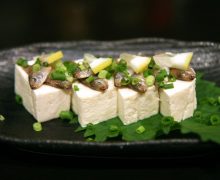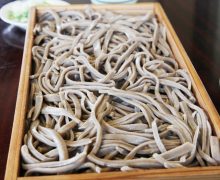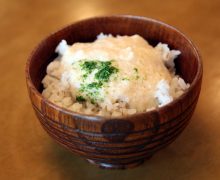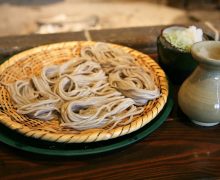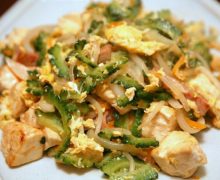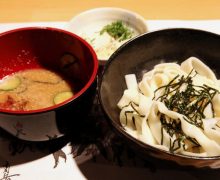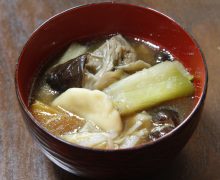Suiton
What is Suiton?
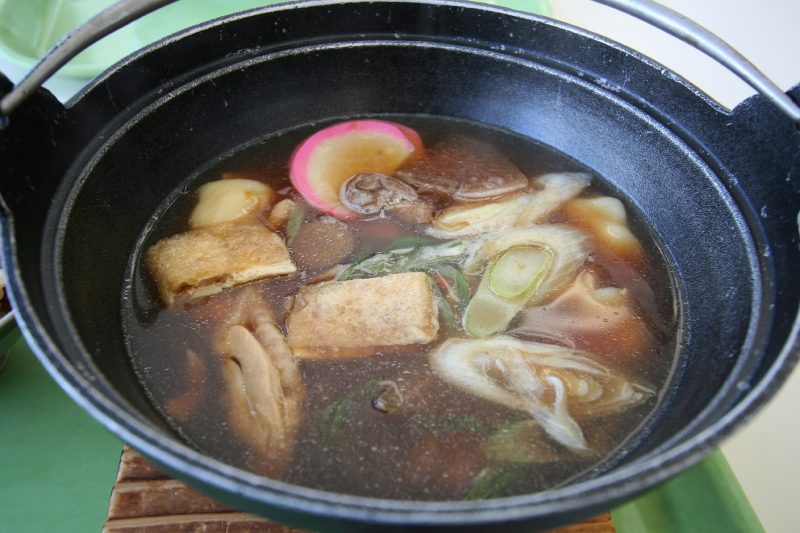
Suiton
Suiton (すいとん) is dough kneaded by adding water to flour, rolled into a suitable size, and boiled in soup. It’s a traditional dish eaten throughout Japan, and is a type of soup dish.
The dough is made by adding water to flour and kneading it into bite-sized pieces by “tearing off” or “scooping out with a spoon” or “rolling into dumplings and crushing flat”, then simmering in broth with vegetables and root vegetables such as carrots, radishes, Japanese leeks, mushrooms such as shiitake and shimeji mushrooms, meat such as pork and chicken, fried tofu, konnyaku (Konjac), etc. It is stewed in soup stock and seasoned with soy sauce or miso, sake, and other seasonings.
It is said to have been eaten as early as the Muromachi period (1336-1573), and is mentioned in the Muromachi period document “ Isei teikin orai”.
In the past, millet or kudzu flour was used in place of wheat, but today wheat flour is used exclusively.
As a “substitute food” for rice, this simple version, containing almost no vegetables or meat, was widely eaten at the time of the Great Kanto Earthquake and during food shortages during and immediately after World War II,
Some people throughout Japan recognize it as food from a time of food shortages and poverty, and some younger generations do not even know of its existence today.
On the other hand, in the three northern Kanto prefectures of Gunma, Tochigi, and Ibaraki, which are major wheat producing areas and have long been active in wheat eating, it is a home cooking and local cuisine that is eaten on a daily basis.
In recent years, an increasing number of roadside stations and restaurants are offering it to tourists as a local gourmet dish, and especially in Makabe, Sakuragawa City, Ibaraki Prefecture, it is served as a specialty at various locations.

